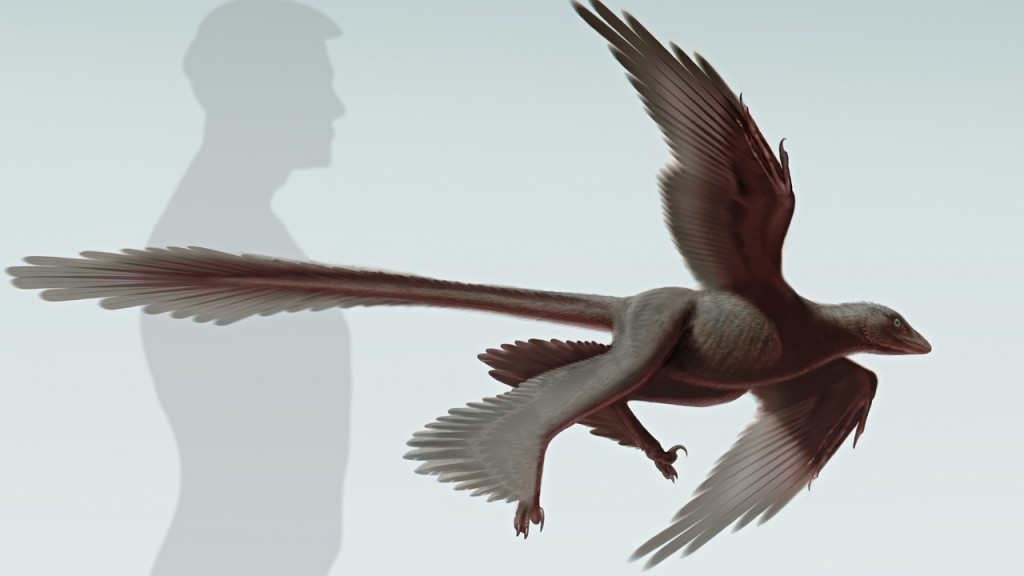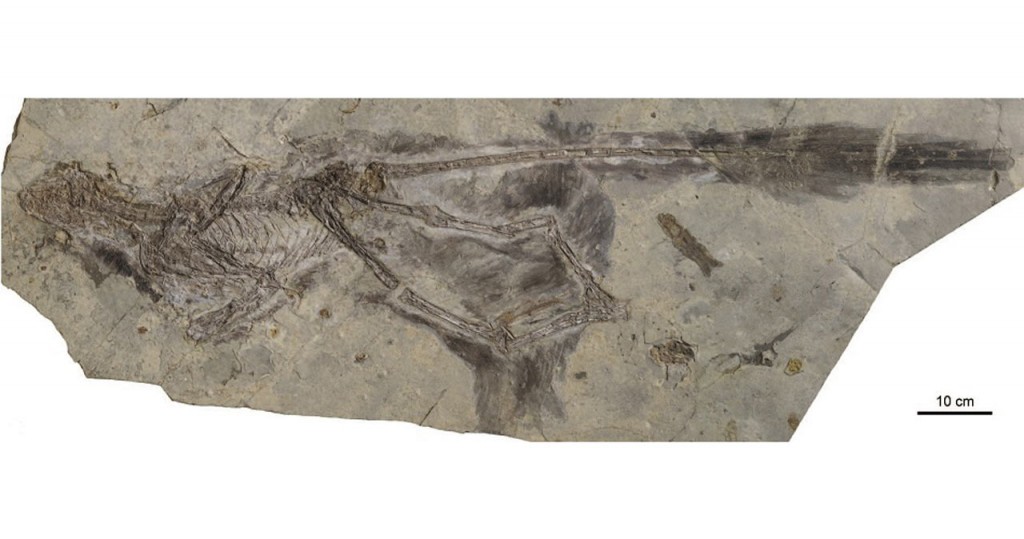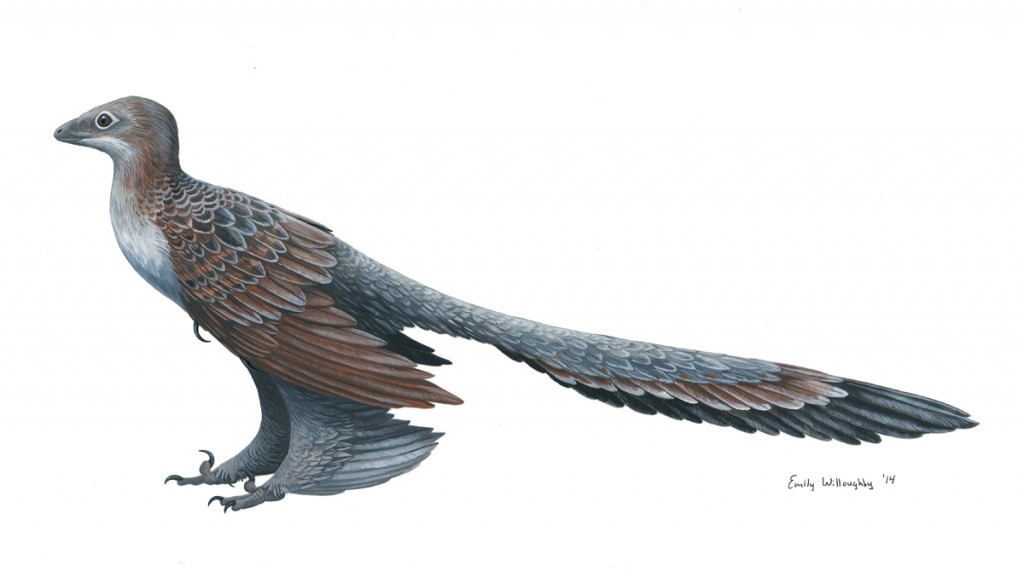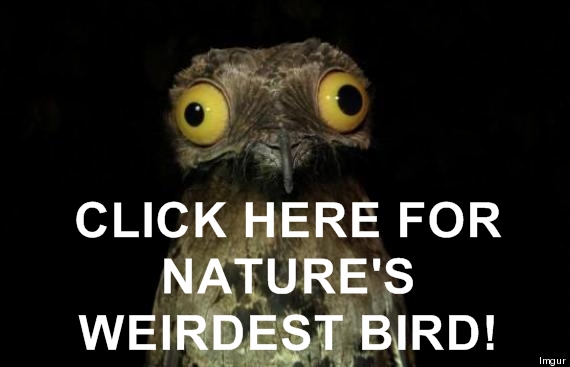Four-Winged Dinosaur Fossil Found In China
I thought multi-winged body designs were the domain of insects alone. I was wrong. A four-winged species found in China recently is just the last in a long line of more than 300 four-winged fossil finds.
This new find – Changyuraptor yangi – is the largest of all species of microraptorine found to date. It’s tail is some 30cm long which is around 30% longer than its nearest rival.
The microraptorines were thought by paleontologists to be an evolutionary halfway house along the road to two winged birds, hence some modern bird’s “hairy” legs. Recent finds point to them being a separate side branch that existed at the same time as two-winged flight.
It’s possible that flight evolved convergently, in other words flight evolved independently a few times in separate lines. In the same way that hedgehogs and porcupines who are only very distantly related managed to come up with very similar solutions to put off would-be predators.
Flight
C. yangi measures 132 cm from snout to tip of tail, that’s longer than many modern eagles. It’s presumed that the long and feathery tail was to help such a bulky animal stabilize itself as it flew through the air. Microraptoria were among the smallest dinosaur species but were significantly more bulky than modern birds. Modern birds have developed pneumatic (hollow) bones which make them a great deal lighter and more agile in the air.
Initially paleontologists presumed microraptoria just glided, like pterodactyl, but further inspection of the skeleton and the feather’s structure has led some scientists to believe that they were capable of powered flight.
The jury is still out as to whether the thing could flap and power itself into the skies, but one thing that’s agreed on is that they would have been rubbish on the ground with all of those feathers getting stuck under foot.
Diet & Behaviour
Microraptor’s diet consisted of small mammals and insects according to the remains of their guts, with some prey being swallowed whole. They have large scleral rings – structures that maintain the shape of the eye’s globe – which points to a species that hunts at night. On the other hand, discovery of iridescent plumage in Microraptor has cast doubt on this conclusion. No birds alive today with snazzy clothes hunt at night and no birds that hunt at night bother with snazzy clothes. Makes sense.
So there we go. Four-winged flying dinosaurs, how about that?






















